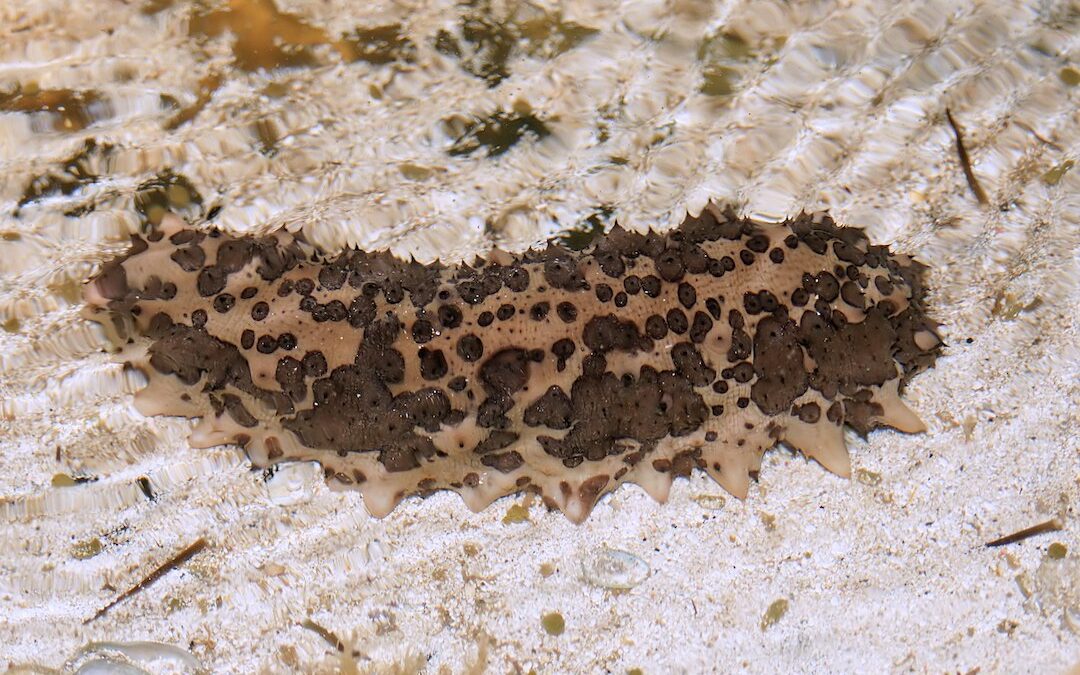Experts are concerned as illegal fishing of sea cucumbers in northern Australia continues to impact the marine environment.
Sea cucumbers are fished illegally on the Rowley Shoals in northern West Australia. Without serious regulation, the continued harvesting of these sea creatures could have major implications for population size and the environment.
Sea cucumbers are scavengers that feed on algae and waste materials, using small tentacle-like tubes on their bodies to move and feed. There are currently 1,250 known species of sea cucumber, many of which are sought after due to strong demand particularly in the Asian market.
According to research from the University of Sydney, the global sea cucumber market is estimated to be worth around US $200 million annually.

The mouth of a sea cucumber.
A popular commodity
According to Dr Veronica Toral-Granda from Charles Darwin University, illegal fishers often target sea cucumbers due to their high dollar value in the Asian market, fetching up to US $1600 per kilogram of dried produce.
“Sea cucumbers are considered a delicacy in Asian cultures where they also have been given aphrodisiac and medicinal properties. They have been targeted and harvested for hundreds of years,” Dr Toral-Granda explains.
“Sea cucumbers have a high dollar value in the Asian market, although many of the current fisheries target lesser quality sea cucumbers, they still fetch good value which probably represent the only livelihood for artisanal fishers in developing nations.”
“Sea cucumbers are very easy to collect from the sea floor and most of the commercially valuable species are in shallow waters. They are easy to process with no need for refrigeration or skills.”

The impacts of overfishing
Unfortunately, sea cucumber fishing can have serious consequences for the marine environment. Fisheries often prioritize one species of sea cucumber, typically starting with the highest value and working their way down, leading to a drop in sea cucumber diversity.
According to a study from the University of Sydney, one particular group of tropical sea cucumbers, known as teatfish, makes up more than 20 percent of the fisheries’ total sea cucumber catches. Teatfish have high market value, yet reproduce slowly, resulting in dwindling populations.
“When high value species are collected, the fisher also gets better value and a better income/livelihood with less risk to their health and wellbeing,” says Dr Toral-Granda.
“As the high value species decline, fishers will have to fish for longer periods (health issues), further away (more expenses, less income, affecting community/family relationships) and collect more individuals to try to make the same amount of money.”
The overfishing of sea cucumbers also impacts water quality, sediment health and nutrient recycling. Damaging one part of the food chain disrupts the entire marine ecosystem, affecting energy transfers and causing other species to decline.
The Australian Centre for International Agricultural Research recommends a conservative management approach in order to revitalise sea cucumber populations. If they can be protected from overfishing, it would result in healthier ecosystems, greater biodiversity and economic success in the future.
To learn about more damage to biodiversity in Australia, click here.

